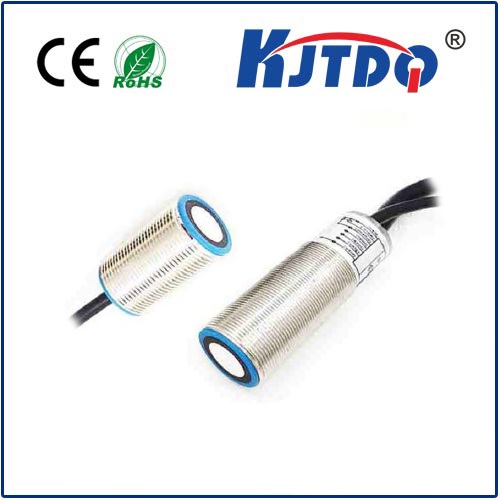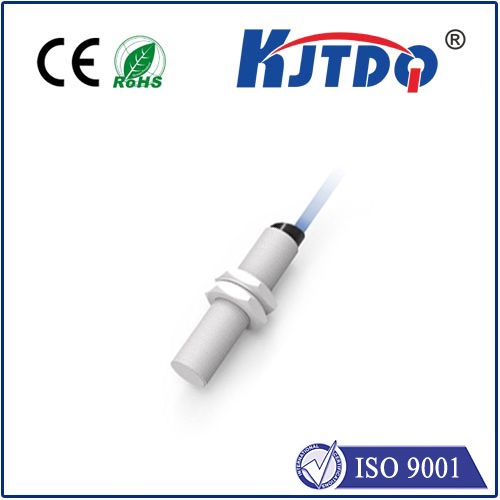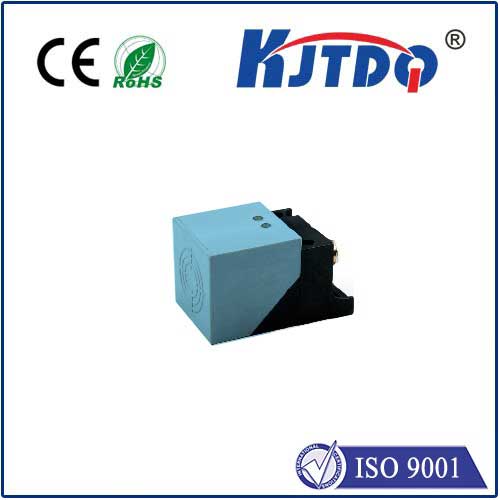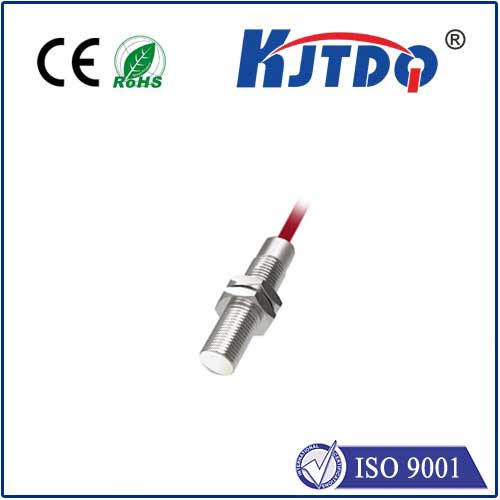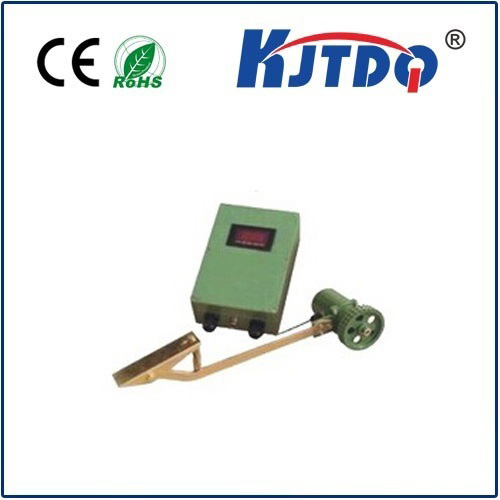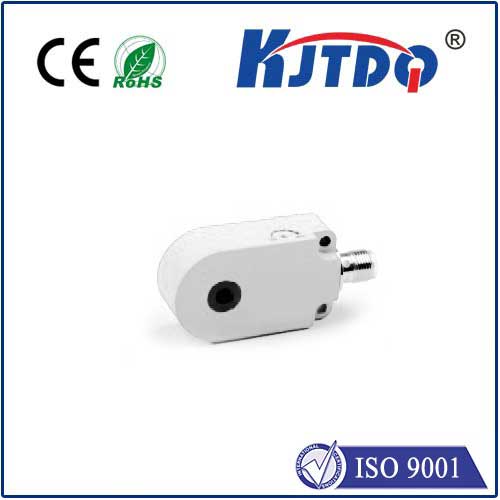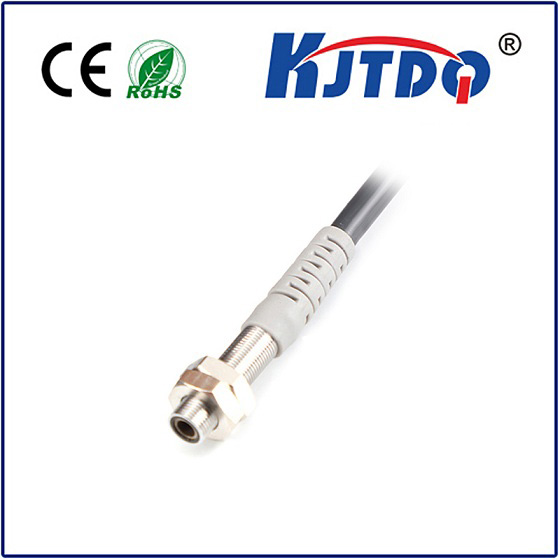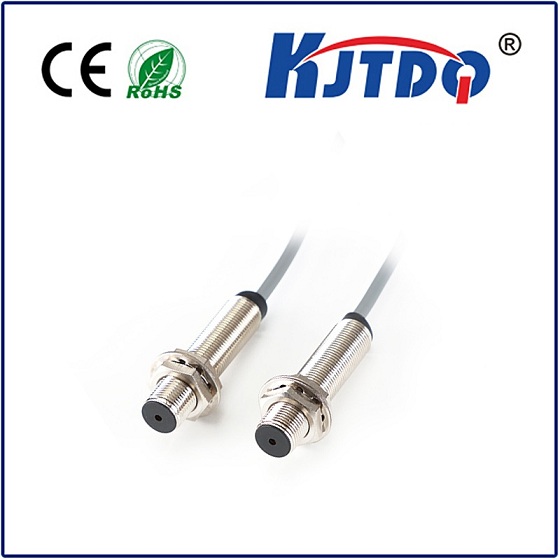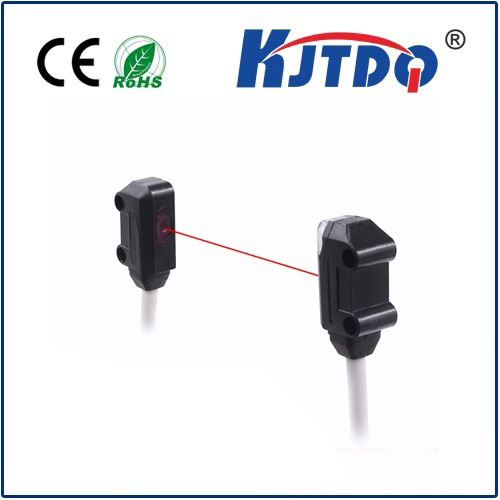

check

check

check

check
Title: The Power of Diffuse Type Photo Sensors in Modern Applications
Introduction
Photo sensors have become an integral part of our daily lives, from controlling the brightness of our phone screens to regulating the lighting in our homes. Among the various types of photo sensors available, diffuse type photo sensors are gaining popularity due to their unique features and capabilities. In this article, we will explore what diffuse type photo sensors are, how they work, and their applications in different fields.
What are Diffuse Type Photo Sensors?
Diffuse type photo sensors are a type of optical sensor that measures the intensity of light scattered by a surface. Unlike other photo sensors that rely on direct incidence of light, diffuse type photo sensors can detect light reflected off surfaces or transmitted through materials. This makes them ideal for applications where the source of light is not directly incident on the sensor.
How Do They Work?
The working principle of a diffuse type photo sensor is based on the photoelectric effect. When light strikes the sensor's surface, it generates an electric charge proportional to the light's intensity. The amount of charge generated depends on the material's reflectivity and transparency. By analyzing this data, the sensor can determine the presence, absence, or changes in light levels.

Applications of Diffuse Type Photo Sensors
1. Automotive Industry
In the automotive industry, diffuse type photo sensors are used for headlight control systems. These sensors help regulate the brightness of the headlights based on the surrounding environment, ensuring optimal visibility while reducing glare for oncoming traffic.
2. Smart Homes
In smart home systems, diffuse type photo sensors are employed for automatic lighting control. They can sense the presence or absence of natural light and adjust artificial lighting accordingly, conserving energy and providing comfortable living spaces.
3. Healthcare and Fitness
Diffuse type photo sensors also play a crucial role in healthcare and fitness devices, such as heart rate monitors and pulse oximeters. These sensors accurately measure blood flow and oxygen saturation levels by detecting changes in light absorption through the skin.
4. Agriculture
In agriculture, diffuse type photo sensors are used for monitoring crop growth and health. They can detect variations in light transmission through leaves, helping farmers identify nutrient deficiencies or diseases at an early stage.
5. Industrial Automation
In industrial automation, diffuse type photo sensors are utilized for quality control processes, such as detecting defects in products or packaging materials. They provide accurate and reliable measurements, reducing production costs and improving product quality.
Conclusion
Diffuse type photo sensors offer numerous advantages over traditional photo sensors in terms of flexibility, accuracy, and reliability. Their ability to measure scattered light has made them essential components in various industries, from automotive to healthcare and beyond. As technology continues to advance, we can expect even more innovative applications for these powerful sensors in the future.
